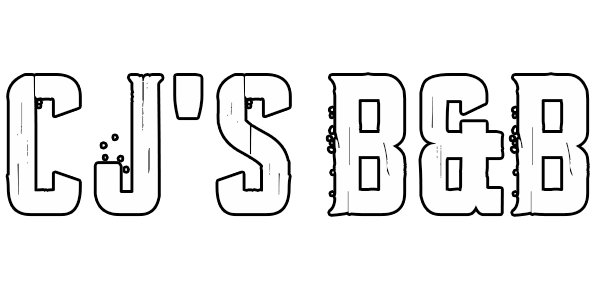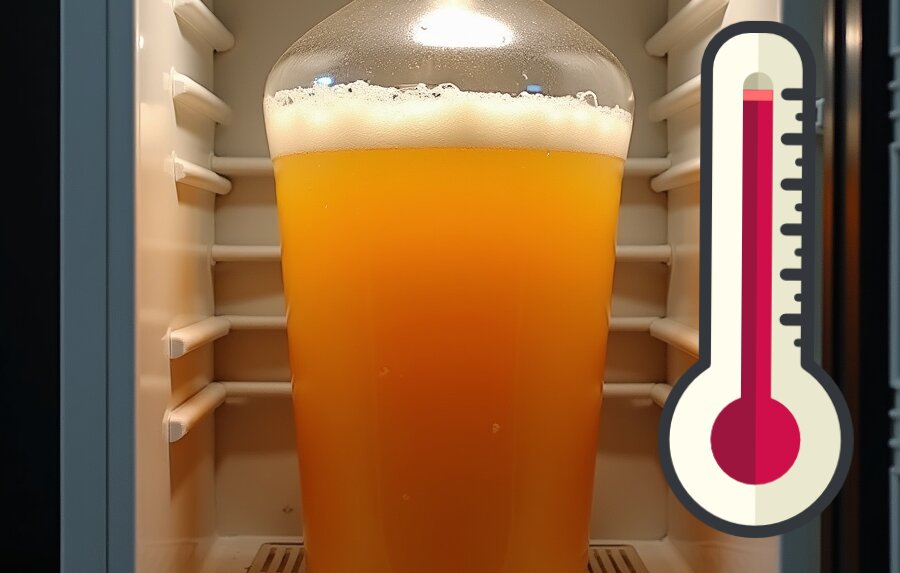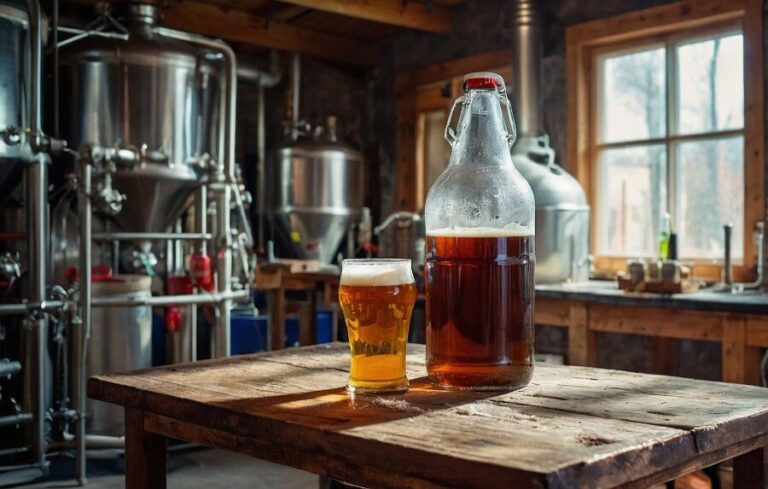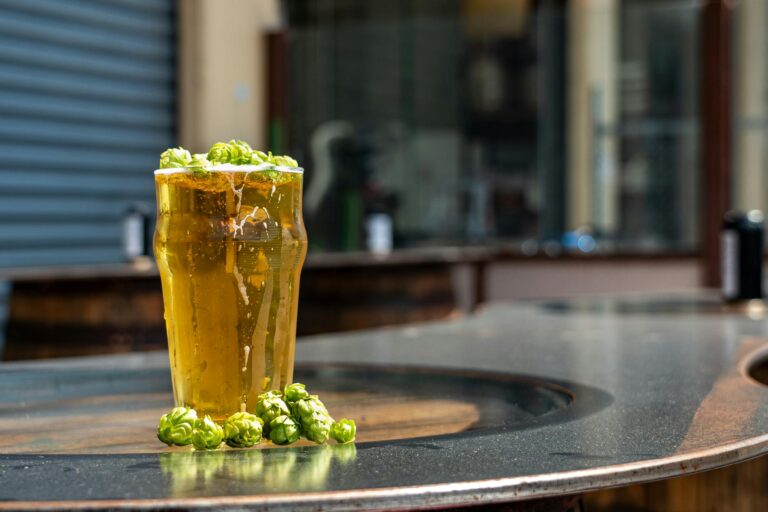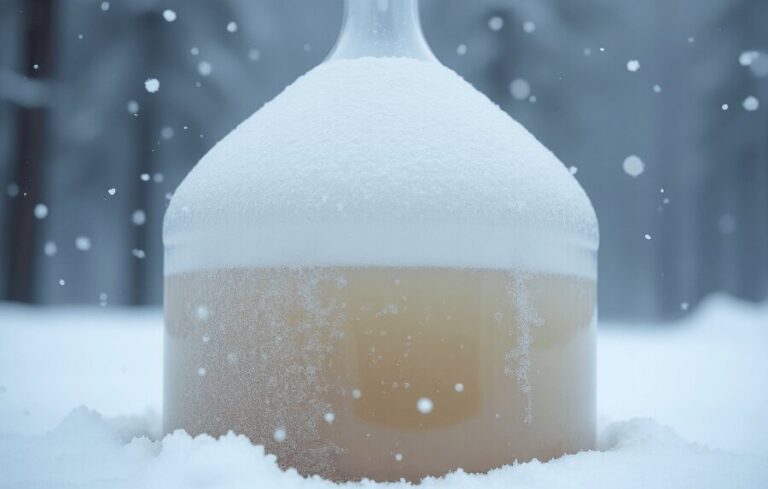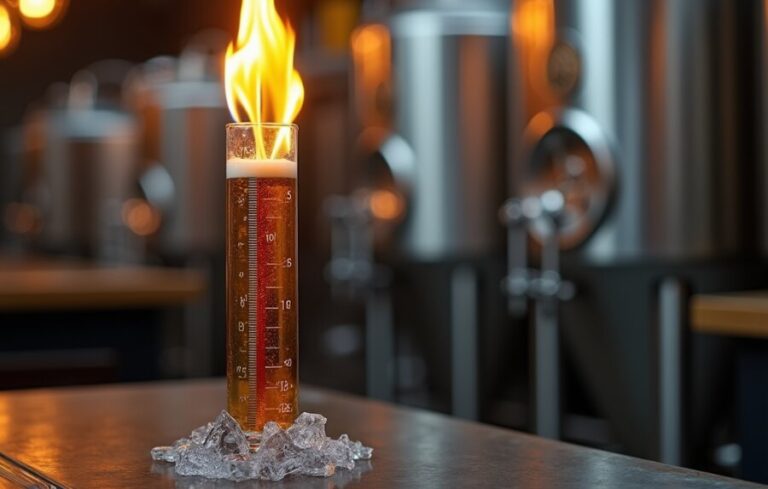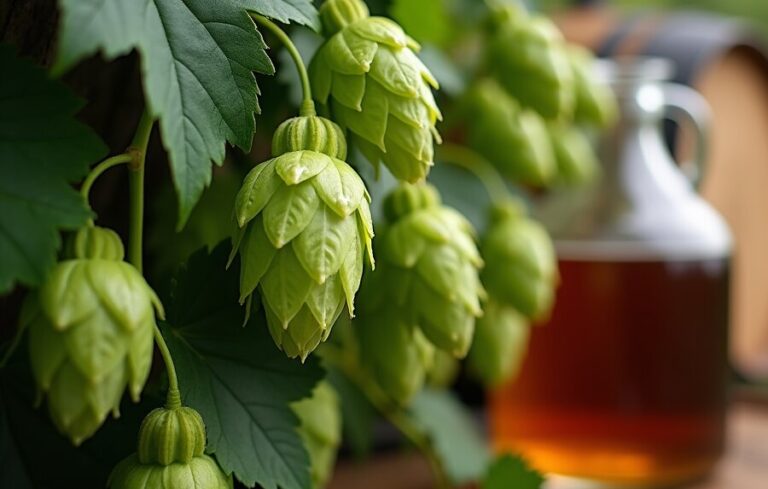Our evaluations and product assessments are conducted using a thorough and unbiased approach. Should you choose to buy any items through our provided links, we might receive a commission Read our disclosures.
Nailing Your Fermentation Temperature: Understanding the Homebrew Fermentation Temperature Range
Getting the temperature just right while brewing at home is like finding the sweet spot in a hammock — it’s where everything falls into place for a great-tasting beer.
Why Temperature Matters
Keeping an eye on the temperature can make or break your brewing game. It’s not just about science, it’s about getting that perfect flavor and aroma. Go too hot or too cold, and you risk turning your brew into something only a yeast monster could love (Glacier Grid).
Getting the Homebrew Fermentation Temperature Range right is crucial for achieving the best results in your brews.
Stick to the right temp, and you’re in for a smooth ride. Your beer will clear up nicely, the bubbles will be just right, and every sip will taste like you know exactly what you’re doing.
| Brew Type | Temp Range (°F) | Why It Matters |
|---|---|---|
| Ales | 65 – 75 | Keeps those flavors just right and no nasty surprises. |
| Lagers | 45 – 55 | Clean and crisp, no funky esters. |
How Temperature Affects Yeast
Yeast isn’t just there to hang out—it’s got a job to do, and it’s picky about its workspace. Hit the sweet spot of 80-90°F (26-32°C) for yeast, and it’ll party too hard, giving you weird tastes and nasty byproducts like a frat house after finals.
Too cold, and those little yeasties might go on strike. They’ll barely work, drag out your fermentation, and leave room for bad stuff to creep in (Glacier Grid). It’s about finding that balance where yeast is happy but not causing trouble.
| Temperature (°F) | Yeast Mood | Your Beer |
|---|---|---|
| Under 65 | Lazy | Fermentation drags, contamination risk. |
| 65 – 75 | Sweet Spot | Happy yeast, great flavors. |
| Above 75 | Overkill | Off-flavors and a flavor party you didn’t want. |
Keeping Your Cool
At home, keeping your brew at the right temperature means regular check-ins. You wouldn’t leave cake in the oven without checking, right? Same deal with your beer. Use a thermometer, maybe even a heat belt or cooling jacket, to keep things steady, especially during the critical fermentation phase.
Keep it dialed in, and you’re golden. Your beer will thank you, and so will anyone lucky enough to get a taste. Cheers to homebrew perfection!
Fermentation Temperature Basics: Nailing It Every Time
Getting your fermentation temperature just right? It’s the key to homebrewing heaven. Your beer’s flavor, aroma, and overall vibe hang in the balance. Let’s break down the must-know temperature ranges for ales and lagers.
Sweet Spot for Ales
Keep your ale fermentation between 60°F and 70°F (15.5°C – 21.1°C). In this cozy zone, yeast thrives and cranks out those tasty flavors you crave—without any funky byproducts spoiling the party. Push the heat too high, and you might end up with esters and fusels that add fruity chaos to your brew.
| Yeast Type | Sweet Spot (°F) | Sweet Spot (°C) |
|---|---|---|
| English Ale Yeast | 65 – 70 | 18 – 21 |
| American Ale Yeast | 62 – 72 | 16 – 22 |
Chill Zone for Lagers
Lagers are a different beast. They need cooler love, around 45°F to 55°F (7°C – 13°C). This slower, cooler fermentation leads to a clean, crisp finish. Keep it steady—drastic temp swings can ruin that smooth lager character.
| Lager Type | Chill Zone (°F) | Chill Zone (°C) |
|---|---|---|
| Pilsner | 45 – 50 | 7 – 10 |
| Vienna Lager | 50 – 55 | 10 – 13 |
What Messes with Your Temps
Your fermentation temperature can be a bit shy and prone to outside meddling. Here’s what you need to watch:
- Room Temperature: Where you ferment really matters. Keep an eye on your space temp to hit that sweet spot.
- Yeast: Different yeast strains like it hot or cold. Pick your strain based on your beer style and you’ll be golden.
- Fermentation Gear: Your fermenter could be your best bud or worst enemy. Good insulation keeps temps steady. Here’s more on managing fermentation temps.
Nail these basics, and you’re on your way to brilliant brews. Want to dig deeper? Check out more tips on fermentation temperature control and how to avoid temperature pitfalls that can mess with your brewing mojo. Cheers to perfectly temped fermentations!
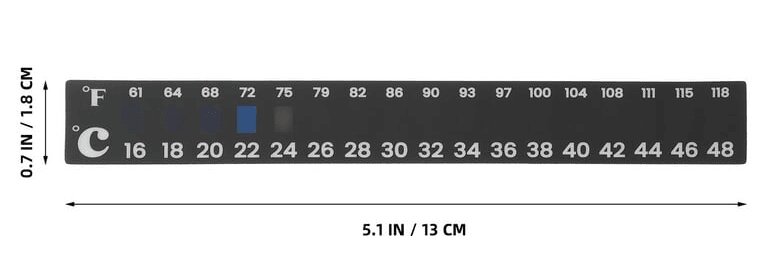
Effects of Cold Fermentation
Cold fermentation is the secret sauce for homebrewers churning out those crisp lagers we all love. By fermenting at chillier temps, you can really tweak the flavors and smoothness of your brew.
What’s Cold Fermentation All About?
Cold fermentation goes down in the cool range of 48 to 58°F (9 to 15°C) (Atlas Scientific). At this temp, things slow down a bit. Yeast isn’t in a rush, which is golden for making lagers since the yeast doesn’t work as hard, leaving fewer strong flavors and weird smells.
Here’s a quick snapshot:
| Temperature Range | Fermentation Type | Flavor Profile |
|---|---|---|
| 48-58°F (9-15°C) | Cold Fermentation | Smooth, clean, crisp |
When yeast chills out, the beer gets smoother. You end up with a brew that’s crisp and clean, thanks to fewer funky byproducts like esters and fusels. These unwanted bits can murk up your beer, but cold fermentation keeps ’em in check.
The Good and Bad
Alright, let’s break it down. Cold fermentation has its perks but isn’t without a couple of bumps on the road.
Why It’s Awesome:
- Clean Taste: You get a smooth, crisp brew that’s perfect for lagers.
- Fewer Funky Flavors: Cooler temps keep esters and fusels low, so your beer doesn’t taste off.
- Better Clarity: Cold fermentation often results in a clearer beer since the yeast has more time to settle.
The Downside:
- Patience Required: Fermentation takes its sweet time. Expect to wait longer than usual.
- Temperature Control Issues: Keeping it consistently cool can be a pain, especially if you’re battling seasonal swings.
- Yeast Limits: Not every yeast strain likes to work in the cold. You’ll need to pick yeasts that can handle the chill, usually ones meant for lagers.
Knowing these ups and downs can help you decide if cold fermentation is your jam. If you need more tips on keeping those temps steady, check out our guide on homebrew fermentation temperature control.
Cheers to brewing that perfect lager! ?
Insights on Warm Fermentation
Warm Fermentation Basics
Warm fermentation is a key trick in brewing ales. This method usually happens at an outing of higher temps, between 68 and 72°F (20 to 22°C) (Atlas Scientific). These toastier settings wake up yeast and help them make more interesting flavors and smells. Home brewers, take note—understanding this sweet spot is a game changer for nailing the vibe of your beer.
| Fermentation Type | Temperature Range (°F) | Temperature Range (°C) |
|---|---|---|
| Warm Fermentation | 68 – 72 | 20 – 22 |
| Kveik Yeast Fermentation | >90 | >32 |
Flavor and Aroma—What’s the Deal?
Temperature in fermentation isn’t just a hot topic for yeast activity; it really messes with the taste and smell of your brew. Warmer fermentation ramps up those cool byproducts like esters and fusels, which kick in fruity and floral notes. Cooling things down dials back these flavors (American Homebrewers Association).
Then there’s Kveik yeast from Norway—these little beasts can handle over 90°F without going funky. They’re all about clean profiles and speed, making them a favorite among adventurous brewers.
Getting a grip on how temperature plays with flavor compounds is crucial for hitting the stylistic bullseye in your beer. Warm fermentation can give ales their signature punch, setting them apart from the cooler, calmer lagers (American Homebrewers Association).
When you’re tuned in to how warm fermentation tweaks flavor and aroma, you’ll steer your brewing process like a pro, landing those tasty and aromatic notes you crave. For tips on keeping your brew’s temperature just right, check out our homebrew fermentation temperature control guide.
Picking the Perfect Yeast Strain
Choosing the right yeast is a game-changer for homebrewers chasing that perfect brew. Yeast acts like a diva, needing its preferred temperature range to perform its best and strut its stuff in terms of flavor and aroma.
Yeast’s Quirky Personalities
Every yeast strain has its comfort zone, its “happy place” if you will, where it produces those rich flavors and pleasing aromas we love. But push it outside that comfort zone, and things can get funky – and not in a good way. Think English ale yeast. Keep it too warm, and it might start smelling like nail polish remover. Not exactly what you want in your pint (American Homebrewers Association).
Then there’s Kveik yeast from Norway, which works happily in sauna-like conditions. It can handle temperatures above 90°F (32°C) without spitting out nasty flavors. This makes it a darling for homebrewers wanting to speed up fermentation without sacrificing taste.
| Yeast Strain | Ideal Temperature Range | Characteristics |
|---|---|---|
| English Ale | 65°F – 75°F | Can get solvent-like esters if too warm |
| Kveik | >90°F | Clean beers, no weird phenolic stuff |
| Lager Yeast | 45°F – 55°F | Likes it cool and takes its sweet time |
Flavor Rollercoaster
The temperature your yeast ferments at is like the DJ at a party. It sets the mood and the flavor profile of your beer. Crank up the heat, and you get more esters and fusels, which might give your beer a fruitier kick. Keep it cool, and your brew might taste crisp but a bit plain (American Homebrewers Association).
| Temperature | Flavor Profile Impact |
|---|---|
| Low (<60°F) | Crisp and clean |
| Optimal (60°F – 70°F) | Nice balance of flavors |
| High (>75°F) | Fruit-bomb territory |
If you want to ace the flavor game, you must understand your yeast’s quirks and nail the right fermentation temperature. For more tips on managing those temps like a pro, check out our homebrew fermentation temperature management guide.
Practical Fermentation Tips
Brewing beer at home is a blast, but nailing that perfect flavor? It’s all about keeping an eye on the fermentation temperature. Let’s dive into some handy tips for maintaining your brew’s sweet spot.
DIY Tricks for Temperature Control
You don’t need to drop big bucks to keep your beer cozy. A trusty chest cooler or fridge can do wonders with a bit of crafty tweaking. The American Homebrewers Association suggests even a consistent-temp spot like a closet can work magic.
Skimp on the fancy gear and get smart with your yeast choices. Strains like Belgian, saison, or hefeweizen are pretty chill with temperature swings, so they give you some wiggle room.
Check out these methods to keep things steady:
| Strategy | Description |
|---|---|
| Chest Coolers | Use insulated coolers to manage temperature. |
| Fridge | Convert an old fridge for fermentation use. |
| Temperature Monitoring | Invest in IoT gadgets for non-stop temp checks—stuff like GlacierGrid. |
| Stable Spots | Find a consistent-temp area like a closet. |
Gear You Gotta Have
Right tools make all the difference, folks. Go for temperature monitors that buzz you when something’s off. Stashing your beer between 50 and 55°F keeps it lovely, even if it’s sweltering outside.
Must-Have Equipment for Temp Control
| Equipment | Product | Benefits |
|---|---|---|
| Temp Controller | Digital Thermostat | Regulates heat and cool automatically. |
| IoT Temp Monitor | GlacierGrid Device | Remote checks and alerts. |
| Chest Cooler | Insulated Cooler | Cheap and keeps temps just right. |
| Fridge Kit | DIY Conversion Kit | Turns any fridge into a fermentation haven. |
For more on managing your homebrew fermentation temperature, dive into our resources. Keep those temps stable and watch your brew game reach new heights. Cheers!

